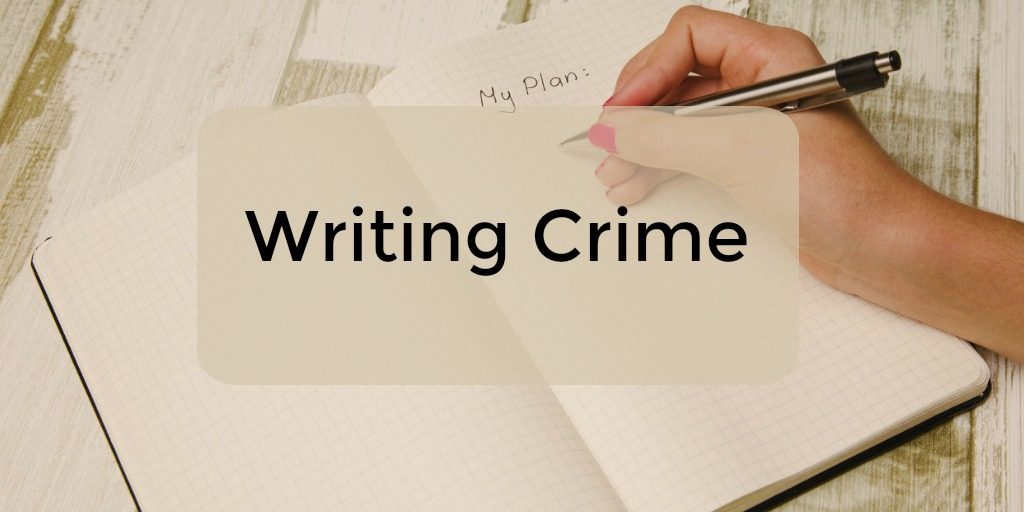
This is a short post today. It’s an important subject but there’s not a lot to say on the matter. It’s on subjects like this that you think people know what happens, but I received the question as part of my consulting service, about how the formal identification of a deceased person was carried out after a murder, was it a photograph or the actual body and did it need two people to do it or was one person sufficient?
So, let’s go through this. It’s easy enough to cover and will prevent any simple errors in your manuscript.
You have a dead body and the police know who it is, because of where it’s found, inside a car, in the driver’s seat, where the car is registered to that person and the driving licence has a photograph of that person. It’s a simple enough job. Though they do know who it is, the body still has to be formally identified by a relative.
Because we are looking at murder, this is done with the body and the relative separated by a pane of glass. The body can’t be contaminated forensically by anything from the relative. The relative will be placed in a small viewing room which is kitted out much like a living room, other than it has no furniture – it might have a couple of chairs to sit in. When the relative is ready curtains will be pulled back and the relative can say whether it is their loved one or not.
If a person has been missing for some period of time the police might have to do some rough guesswork on who it might be and the viewing is more than routine, it really is an identification process. The first person viewing the body will be someone who has a loved one missing, but the body might not end up being their someone and the police have to try again. They are working on several things, what they were wearing when they went missing, height, weight, hair, markings on the body etc.
The second question I was asked was if two people have to be present at the identification. The simple answer is no. Only one person is needed to do this.
I hope this has helped.
You can find all other posts in this series HERE.
 Rebecca Bradley is a retired UK police detective with over 15 years policing experience. Seven of those years were in uniform and the rest in a specialist investigative department where She handled multiple, serious and complex investigations. She is now a crime writer and offers a police procedural fact-checking service, available to all crime writers setting their work in England or Wales.
Rebecca Bradley is a retired UK police detective with over 15 years policing experience. Seven of those years were in uniform and the rest in a specialist investigative department where She handled multiple, serious and complex investigations. She is now a crime writer and offers a police procedural fact-checking service, available to all crime writers setting their work in England or Wales.
Please see THIS POST for further details.
Join my Writing Crime group. If you sign up to the group you will receive a police MG11 statement (a genuine statement paper – I found online) which I have written a statement on, using an incident that occurs at the end of my novella, Three Weeks Dead. So, it’s a genuine statement, authentically written by an ex-detective.
What else will you receive in this group?
Every month I will send you, either;
- Another document I have completed.
- A link to an online document I know will help you.
- Another police document that forms part of a police investigation.
All of these can be printed out and kept in a folder and your folder will grow with policing information that you, as writers, can use, or ignore, as you wish. It is fiction, but having the information means you can make an informed decision.
If you want to be a part of this group and to claim your first item (the completed statement) then go HERE.



This is really helpful, Rebecca, as all of your posts are. I’m sure it can be complicated if the person has been dead for a long time, and that body may or may not be one of several people who were reported missing at the time.
Real superb information can be found on web site.